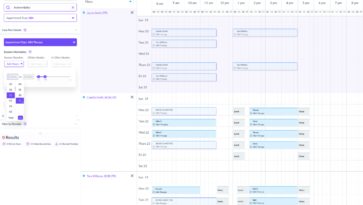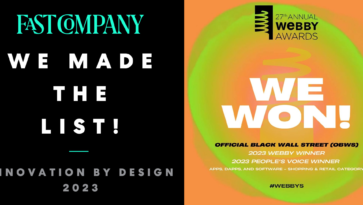Greetings, fellow healthcare pioneers!
As the Chief Product Officer of a US-based healthcare-focused custom software studio, I’ve had the unique opportunity to navigate the intricate and dynamic landscape of the US healthcare market. I recently shared my insights in a presentation with Texas Medical Center’s Innovation Accelerator, and I thought it would be beneficial to distill the essence of that talk into a blog post. So, let’s delve into the key aspects of this journey.
Understanding the US Healthcare Landscape
The US healthcare market is a vast and diverse ecosystem. It’s the largest market in the world, and with the recent acceleration in digital health adoption due to the pandemic, it’s a landscape that’s expanding at an unprecedented rate. The market is characterized by a mix of public and private healthcare providers, insurance companies, and a growing number of digital health startups. The sheer size and growth potential of this market makes it an attractive destination for UK startups. However, it’s crucial to understand that this market is governed by a complex set of rules and regulations, and the key players range from large healthcare conglomerates to innovative startups.
The Regulatory Environment
Navigating the regulatory environment in the US is akin to charting a course through a dense forest. There are numerous paths to follow, and each one presents its own set of challenges. Key regulations such as HIPAA, which governs patient data privacy and security, FDA requirements for medical devices and digital health solutions, and state-specific laws that regulate the practice of medicine, form the intricate network of trails that you’ll need to traverse. It’s a challenging journey, but with the right map and compass (read: guidance and patience), you’ll find your way. Remember, compliance is not just a box to tick, but a continuous process that requires vigilance and adaptability.
The Importance of EHR Integration and Interoperability
In the interconnected ecosystem of US healthcare, EHR integration and interoperability are paramount. They are the bridges that connect different parts of the healthcare landscape, enabling seamless communication and data exchange. Overcoming interoperability challenges is a key aspect of successfully integrating into this ecosystem. Companies like Rhapsody, Redox, and Particle Health are the architects building these bridges, facilitating healthcare interoperability. They provide the tools and platforms that enable different healthcare systems to ‘speak the same language’, thereby ensuring that patient data flows smoothly and securely across different platforms.
Market Entry Challenges
Entering the US market is a significant milestone, but it’s not without its challenges. These include securing funding, building a network, achieving product-market fit, and managing regulatory risks. However, these challenges are not insurmountable. With a well-planned strategy and a resilient mindset, you can overcome these hurdles and establish a strong presence in the market. Securing funding requires a compelling value proposition and a clear business plan. Building a network involves forging partnerships with key stakeholders, including healthcare providers, insurers, and other startups. Achieving product-market fit requires a deep understanding of the market and the ability to adapt your product to meet its needs. Managing regulatory risks requires a proactive approach to compliance and a thorough understanding of the regulatory landscape.
Patient Engagement in the US
Patient engagement in the US is a unique aspect of the healthcare landscape. US patients are tech-savvy, value convenience, and are increasingly open to digital health solutions. Embracing patient-centered design is a key strategy for effective patient engagement. It’s about understanding the needs and preferences of the patients and designing solutions that cater to them. This involves not just the functionality of the product, but also its usability, accessibility, and the overall user experience. It’s about creating a product that not only solves a problem, but also delights the user.
Future Trends in US Healthcare
The US healthcare landscape is continuously evolving, with new trends emerging on the horizon. Shifts in payer mix, the impact of endemic COVID-19, inflation and labor shortages, and increased costs are some of the future trends to watch out for. Staying ahead of these trends is crucial for positioning your startup for success in the future. This requires a forward-thinking approach and the ability to adapt quickly to changes in the market.
Key Takeaways and Action Steps
As we conclude this journey, let’s recap the key takeaways. Understand the rules of the US healthcare landscape, prioritize EHR integration, build a strong network, adapt your product to fit the market, engage effectively with patients, and stay ahead of future trends. These are the coordinates that will guide your journey into the US healthcare market.
Embarking on this journey is a significant undertaking, but with the right strategies, a clear vision, and strong partners, it’s a journey that can lead to remarkable opportunities. If you’re crossing the pond and innovating in healthcare, reach out, we’d love to support you.









